Introduction
In the realm of culinary traditions, few practices encapsulate the essence of preservation and flavor enhancement as meticulously as pickling. Among the myriad vegetables subjected to this time-honored process, potherb mustard (Brassica juncea var. foliosa), commonly known as “Xuelihong” in Chinese, holds a unique place. This leafy green vegetable, characterized by its robust flavor and deep green hue, undergoes a remarkable transformation when pickled, transforming into a tangy, savory delight that complements numerous dishes. But why do we pickle snow-covered red mustard, or Xuelihong, as it is affectionately called? To understand this, we must delve into its botanical origins, culinary significance, preservation needs, and the intricate chemistry behind pickling.
Botanical Background and Cultivation
Potherb mustard belongs to the Brassicaceae family, a diverse group of plants that includes cabbage, broccoli, kale, and mustard greens. Within this family, Brassica juncea encompasses several varieties, with potherb mustard being distinguished by its tender leaves and stems, which are often harvested when young for their mild to moderately pungent taste. Native to Asia, particularly China, potherb mustard has been cultivated for centuries, not only for its nutritional value but also for its versatility in the kitchen.
The name “Xuelihong” translates roughly to “snow-covered red,” a poetic reference to the plant’s vibrant green leaves that can sometimes take a reddish hue when exposed to colder climates or specific growing conditions. This color variation adds to its visual appeal and is often seen as a sign of its robustness and readiness for harvest.
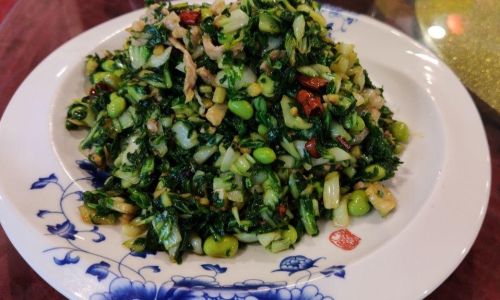
Cultivation of potherb mustard thrives in cool to moderate climates, with well-drained soil rich in organic matter. It is a relatively low-maintenance crop, requiring consistent watering and moderate sunlight. Harvesting typically occurs during the cooler months, when the leaves are at their peak of flavor and nutritional density. The harvested leaves and stems are then prepared for various culinary uses, including fresh consumption, stir-frying, steaming, and, notably, pickling.
Culinary Significance and Traditional Uses
In Chinese cuisine, potherb mustard holds a prominent position, featuring prominently in both home kitchens and restaurant menus. Its slightly bitter, slightly spicy flavor profile pairs well with a variety of dishes, from stir-fries and soups to dumplings and pickled side dishes. Fresh potherb mustard can be used to make delicious stir-fries with garlic and pork, or it can be steamed and served with a light soy sauce dressing. However, it is its pickled form that truly elevates this vegetable to a culinary art form.
Pickling, or fermentation, has been a cornerstone of food preservation for millennia. By immersing vegetables in a brine solution, typically containing salt, water, and sometimes vinegar or other acidic agents, harmful microorganisms are inhibited, while beneficial lactic acid bacteria proliferate. This fermentation process not only preserves the vegetable but also enhances its flavor, creating a tangy, umami-rich product that can be enjoyed throughout the year.
In the case of potherb mustard, pickling serves several purposes:
-
Flavor Transformation: The fermentation process amplifies the vegetable’s inherent flavors, creating a complex, tangy taste that is both refreshing and satisfying.
-
Texture Preservation: Pickling helps maintain the crispness of the leaves and stems, ensuring that even after prolonged storage, the vegetable retains its desirable eating texture.
-
Nutritional Benefits: Fermented foods are known for their probiotic content, which supports gut health and enhances overall digestion. The lactic acid produced during fermentation also aids in the preservation of vitamins and minerals.
-
Versatility in Cooking: Pickled potherb mustard can be used in a multitude of dishes, from salads and sandwiches to stir-fries and soups, adding a burst of flavor and texture to any meal.
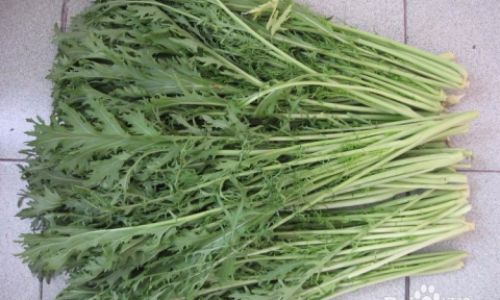
The Science Behind Pickling Potherb Mustard
The art of pickling is as much about tradition as it is about science. The process involves several key steps, each crucial for achieving the desired outcome:
-
Preparation of the Vegetables: Freshly harvested potherb mustard leaves and stems are thoroughly washed to remove any dirt or debris. They are then drained and sometimes blanched briefly to halt enzyme activity that could lead to spoilage. Blanching also helps to soften the vegetable slightly, making it more tender.
-
Brine Preparation: The brine solution is the heart of the pickling process. It typically consists of water, salt, and sometimes vinegar or other acidic agents. The salt concentration is crucial, as it creates an environment hostile to harmful bacteria while allowing beneficial lactic acid bacteria to thrive. The specific ratio of salt to water can vary depending on the desired outcome and the local climate conditions.
-
Fermentation: Once the vegetables are submerged in the brine, they are allowed to ferment. This process occurs naturally, driven by the action of lactic acid bacteria present on the vegetable surface or introduced through the brine. These bacteria consume sugars in the vegetable, producing lactic acid as a byproduct. As the lactic acid concentration increases, the pH of the brine drops, creating an environment that further inhibits the growth of harmful bacteria.
-
Controlling Fermentation: The fermentation process is carefully monitored to ensure it progresses optimally. This may involve regular stirring or “burping” of the jar to release built-up gases and to prevent the brine from overflowing. Temperature control is also critical, as higher temperatures can accelerate fermentation, potentially leading to off-flavors or over-acidification.
-
Storage and Aging: Once fermentation reaches the desired level, the pickled potherb mustard is transferred to clean, airtight containers and stored in a cool, dark place. The longer it ages, the more its flavor develops, with deeper, more complex notes emerging over time.
Cultural and Regional Variations
Pickling potherb mustard is not a monolithic practice but rather a diverse tradition with regional variations. Different communities across China and other parts of Asia have developed their unique methods and recipes for pickling this vegetable. Some may add spices or herbs to the brine, such as garlic, chili peppers, or ginger, to infuse additional layers of flavor. Others may use different fermentation techniques, such as lacto-fermentation or vinegar-based pickling, to achieve distinct textures and tastes.
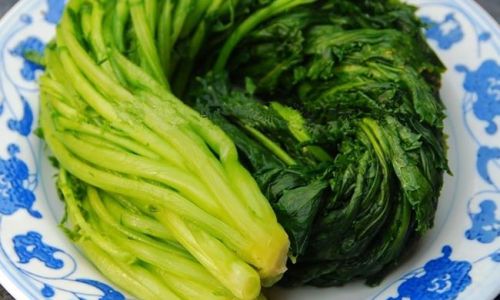
In some regions, pickled potherb mustard is a staple of winter diets, providing a nutritious and flavorful source of sustenance during the colder months when fresh vegetables are scarce. It is often served as a side dish, accompanying rice or noodles, or incorporated into heartier dishes like stews and braises.
Modern Perspectives and Innovations
In recent years, as interest in fermented foods has surged globally, pickled potherb mustard has gained newfound popularity. Chefs and food enthusiasts are experimenting with different fermentation techniques, flavor combinations, and presentation styles, breathing new life into this traditional food.
Moreover, the health benefits associated with fermented foods have attracted scientific attention. Research suggests that probiotics found in fermented vegetables like potherb mustard can support immune function, improve digestion, and even have potential anti-inflammatory properties. These findings have further cemented the place of pickled potherb mustard in modern diets, positioning it as not just a culinary delight but a functional food.
Conclusion
The practice of pickling potherb mustard is a testament to the ingenuity of humankind in preserving and enhancing the flavors of nature’s bounty. Through a combination of tradition, science, and innovation, this leafy green vegetable has been transformed into a culinary treasure, celebrated for its unique taste, texture, and nutritional benefits. As we continue to explore and appreciate the wonders of fermentation, pickled potherb mustard will undoubtedly remain a cherished component of global culinary heritage, inspiring new generations of chefs and food lovers to embrace its timeless charm.
In essence, the reason we pickle potherb mustard is multifaceted: it preserves the vegetable’s nutritional value and flavor, creates a versatile and delicious food product, and honors a rich culinary tradition that spans centuries. Through pickling, we not only sustain ourselves but also celebrate the art of transformation, turning a simple vegetable into a culinary masterpiece.

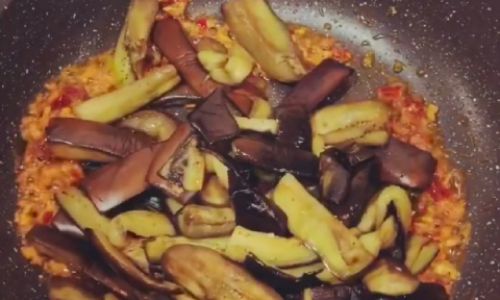
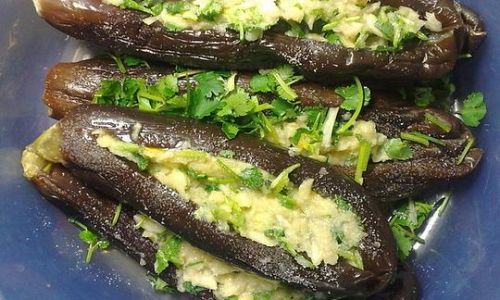
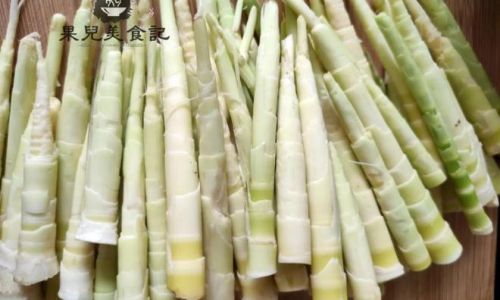
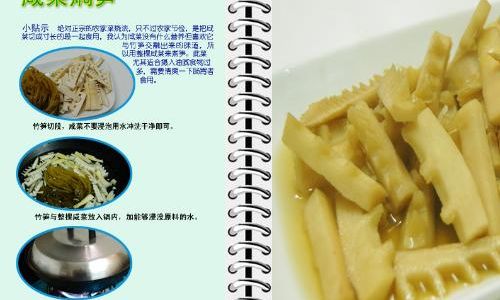
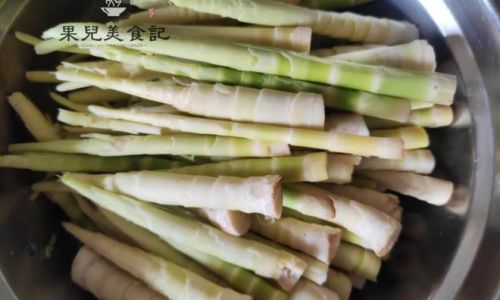
0 comments